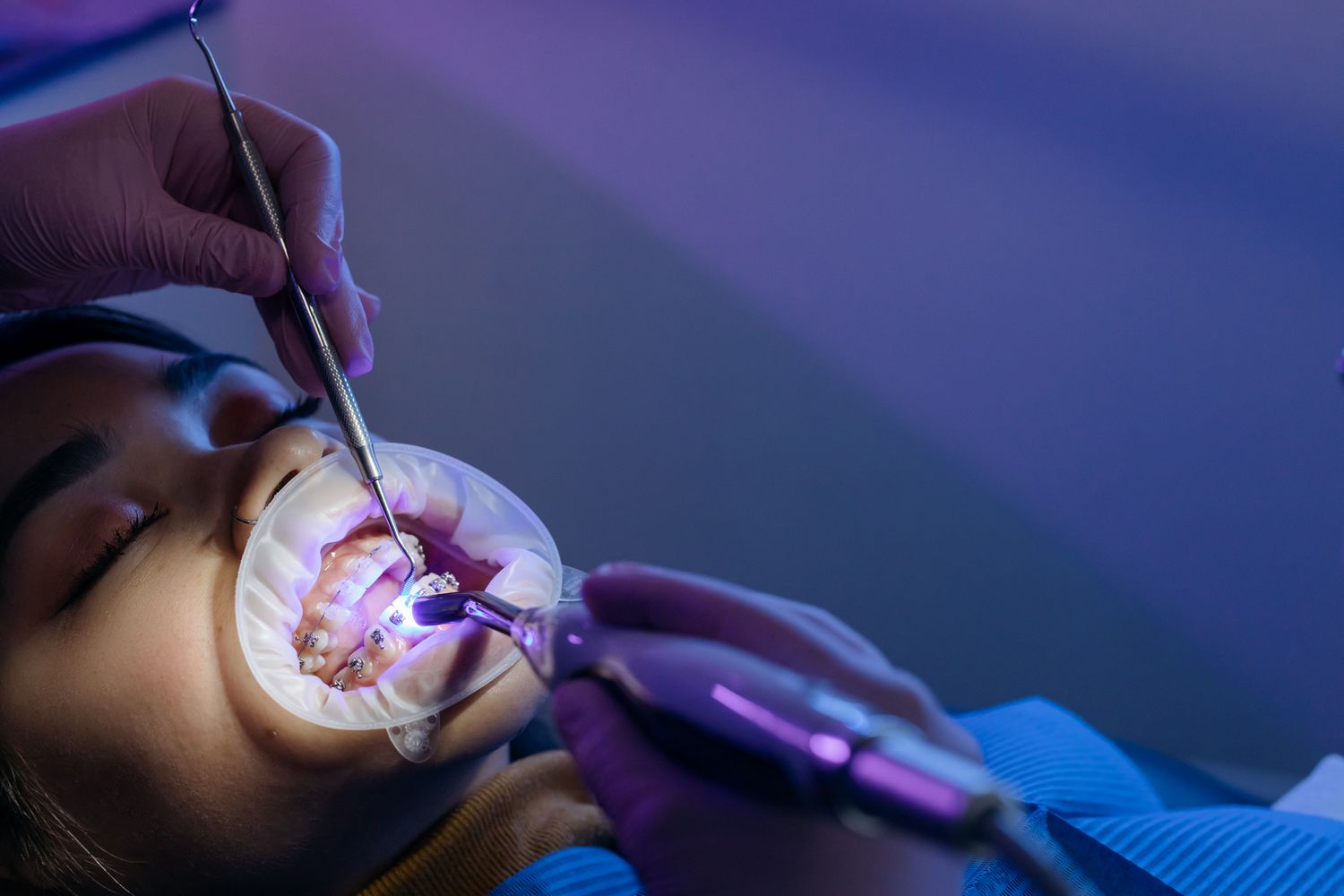
Functions of glycolic acid used in skin care cosmetics
Ostania aktualizacja 30 January 2023
Functions of glycolic acid used in skin care cosmetics. Youth is fleeting and it is an unconditional natural process of age-related changes in the body, which is why we should take care of ourselves. But if something in nature cannot be prevented, it can be slowed down. By starting to monitor the condition of the skin from an early age and caring for it according to its type and needs, it will prevent premature aging of cells and prolong the beauty and freshness of the skin. Care cosmetics with acids are designed to moisturize and nourish the skin, regenerate it and make it smooth, fresh and elastic. Glycolic acid is actively used in cosmetology: in professional products and cosmetics for self-care of the skin.
- https://www.baciarek.pl/ubrania-dla-chlopczykow-kiedy-nie-robic-zakupow/
- https://www.sztamka.pl/ile-kosztuje-plecak-worek/
- https://www.naspokojnejfali.pl/metody-przeszczepu-wlosow-ktora-poradzi-sobie-najlepiej-z-lysieniem/
The beneficial properties of glycolic acid appreciated in skin care cosmetics
Due to its unique properties, glycolic acid is effectively used in many cosmetic products because it causes:
- Quick cleansing: glycolic acid dissolves and exfoliates dead skin particles from the upper layers of the skin, and also cleanses the pores of excess sebum.
- Gently smoothes and restores skin radiance: Glycolic acid helps reduce age spots, freckles and other skin features, and evens out the overall skin tone.
- Internal reconstruction: the acid stimulates the processes of renewal and regeneration of skin cells, triggers increased production of collagen and hyaluronic acid
Functions of glycolic acid used in skin care cosmetics
Glycolic acid is used in care cosmetics for various skin types and performs various important functions:
- It cares for oily and problematic skin
- Helps in the treatment of acne
- It is used to correct acne scars
- Used in the care of aging skin
- It is an ingredient of skin lightening products
- It is used in professional peelings.
The benefits of glycolic acid for the skin
Glycolic acid has found recognition among the manufacturers of skin care cosmetics due to the rapid transformation of the skin and its positive effects. By using such cosmetics for daily care, their effective penetration into the skin is achieved, which allows you to remove dead cells and obtain new ones. Excellent results are observed with regular use of cosmetics for aging and oily skin, which is characterized by too high density of the stratum corneum, causing slower cell renewal. In this case, the skin must be stimulated artificially, and glycolic acid copes with this perfectly. This acid allows you to get rid of the unsightly effect of sallow complexion and effectively smoothes it by exfoliating. In addition, it reduces the fat content thanks to the outflow of sebum.
How does glycolic acid work on the skin? Absorbed by the skin, glycolic acid lowers the pH and opens the way for the formation of new young cells. The rebuilt skin is rejuvenated and looks radiant. It is the old cells remaining on the surface that cause the gray shade of the face. Dull and rough complexion, enlarged pores are the most common signals sent by skin that has an excess of old cells. On the skin of the face, glycolic acid acts as a kind of solvent. It breaks the bonds between dying epidermal scales, thus provoking the active exfoliation of old particles and the formation of new, young and active cells. These properties of glycolic acid are used for various purposes in skin care cosmetics.
Cleansing the skin with care cosmetics with glycolic acid
Glycolic acid is often found in skin cleansers and is responsible for removing sebum, unclogging pores, and triggering renewal and regeneration of skin cells. At a deep level, it triggers a chain of skin renewal and regeneration processes. In many care cosmetics intended for aging skin, it is glycolic acid that stimulates the production of collagen, resulting in its reconstruction.
Glycolic acid in skin care cosmetics – types
Most often, glycolic acid is found in:
-
-
-
-
- washing agents and tonics, where it supports the process of cell renewal
- day and night creams for delicate care of oily and aging skin, thoroughly cleansing pores and normalizing the work of sweat glands.
- masks: here, glycolic acid is often combined with cleansing and moisturizing ingredients
- peels, as acidic and mechanical exfoliation are often combined for thorough cleansing and renewal.
- serum and other active forms – for aging skin care, removing discolorations and other signs of aging.
-
-
-
Summary
Glycolic acid is an organic compound that belongs to the category of fruit acids. It can be of plant or synthetic origin. Both of these forms are effectively used in cosmetology. Like other fruit acids, glycolic acid supports the active renewal and smoothing of the skin. However, due to its low acidity and low molecular weight, it is an acid that penetrates well into the upper layers of the skin. Glycolic acid immediately causes a reaction, which is why it has become one of the most frequently used in skin care cosmetics.






